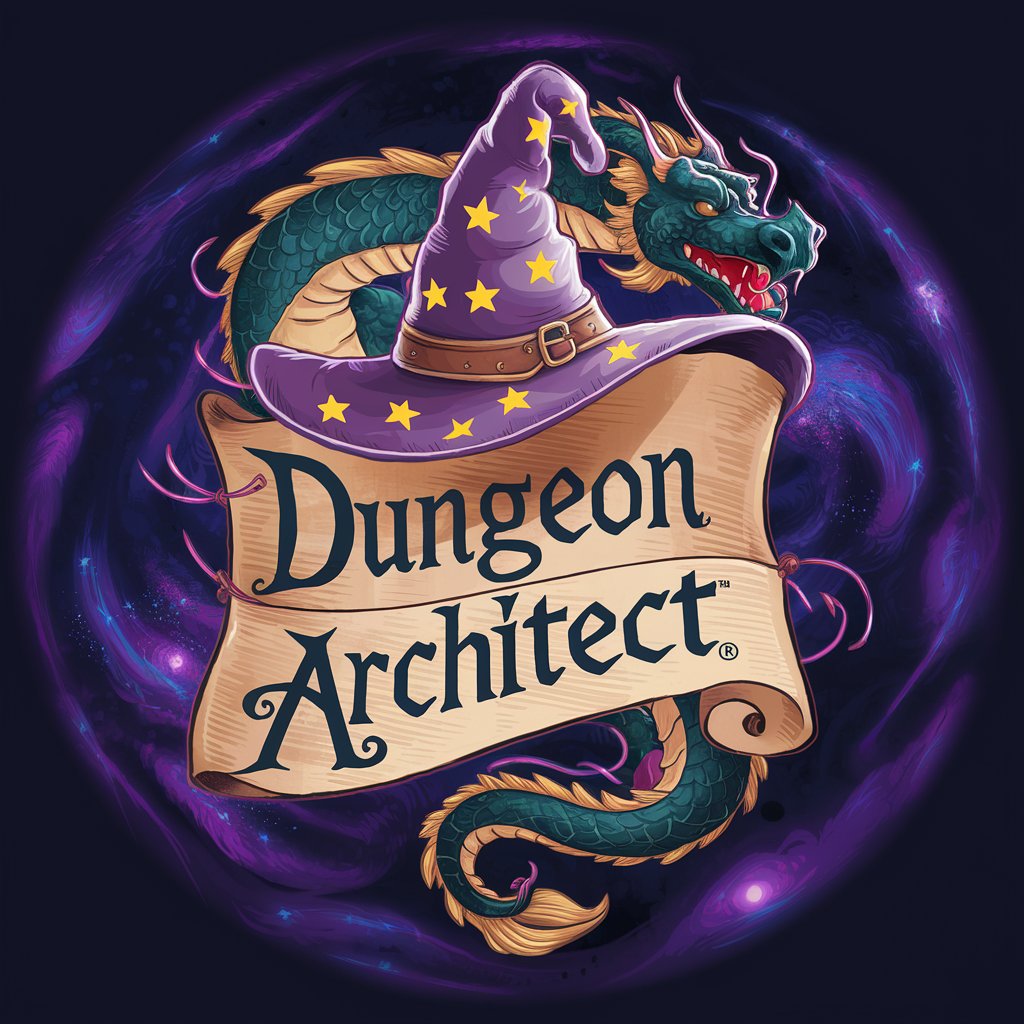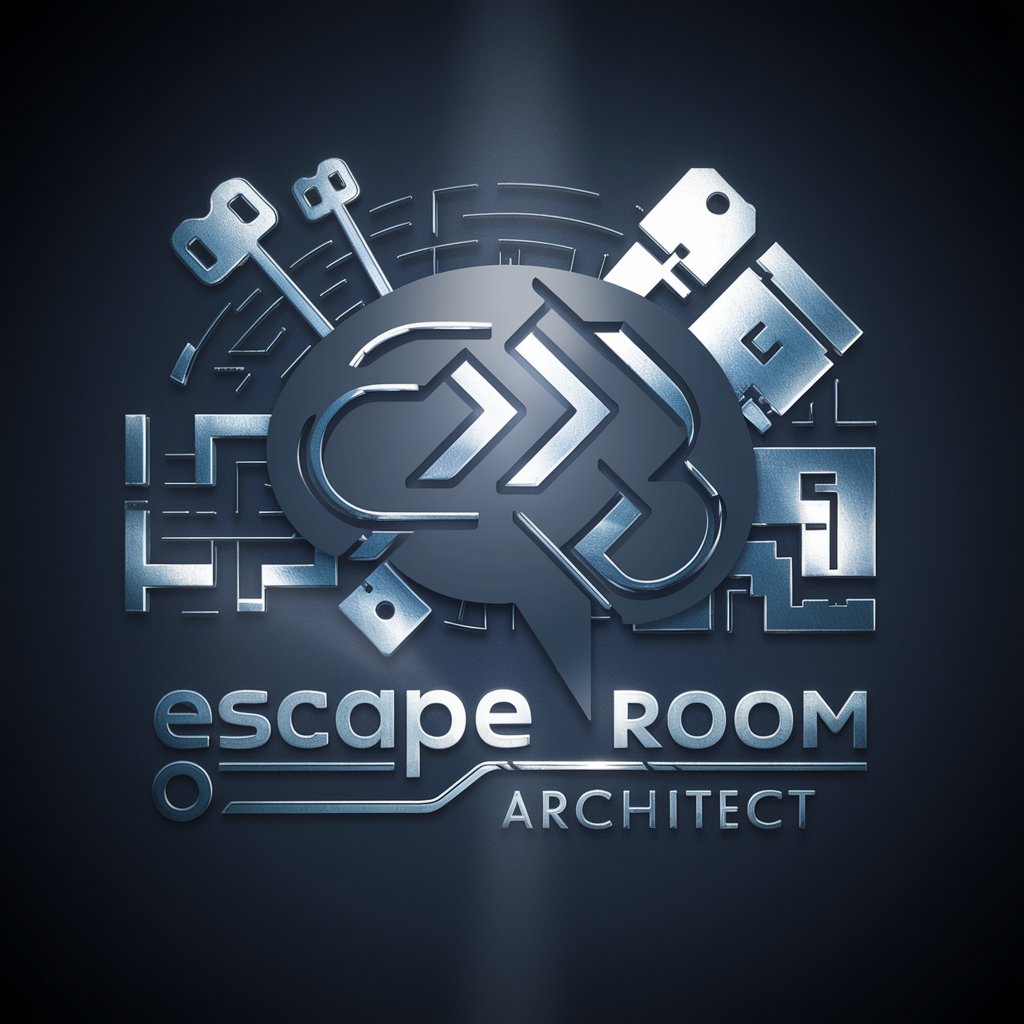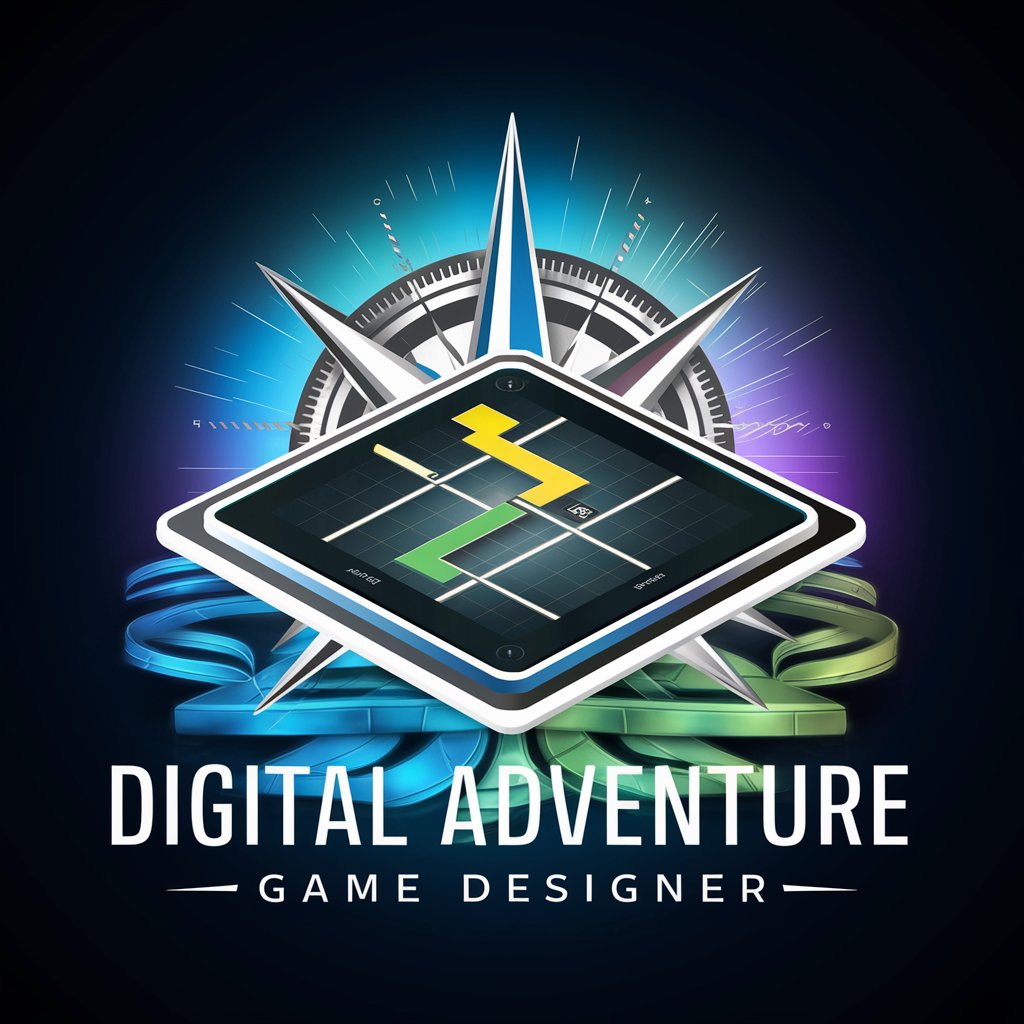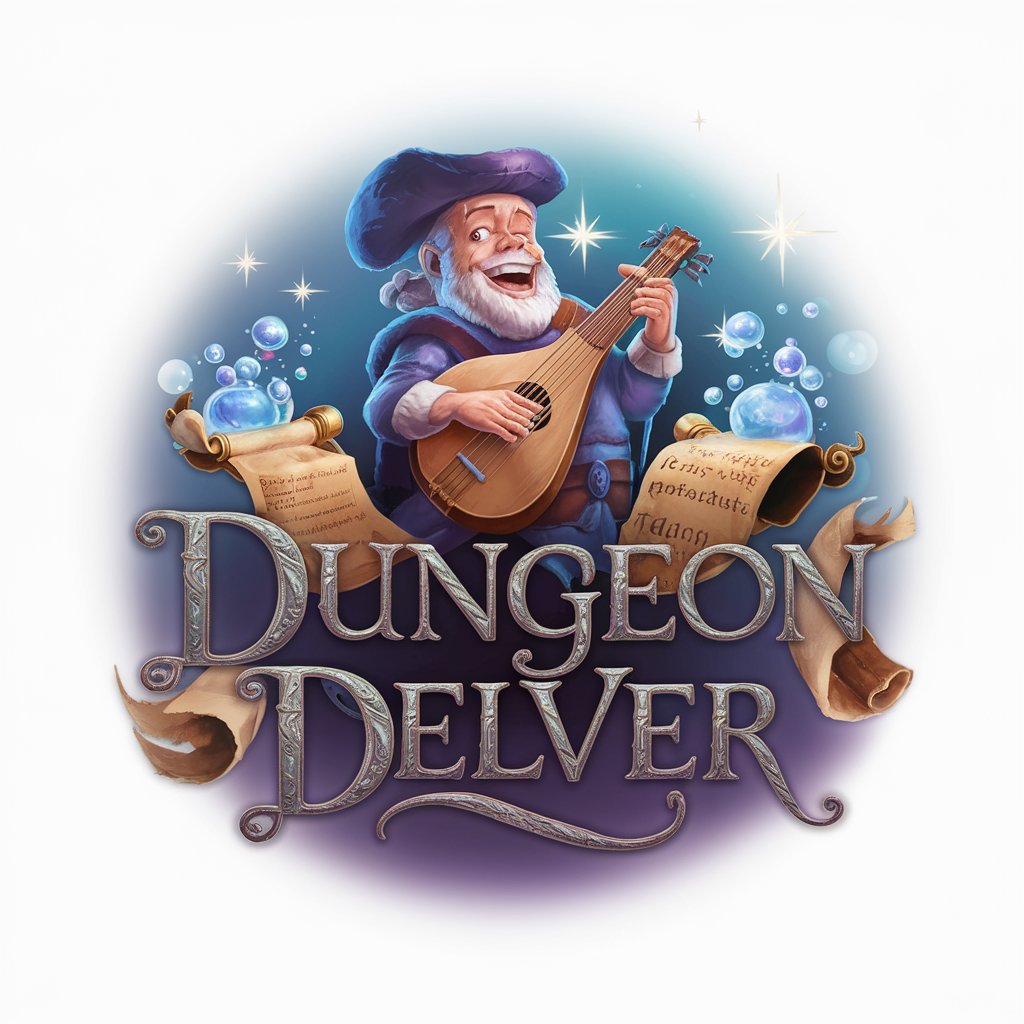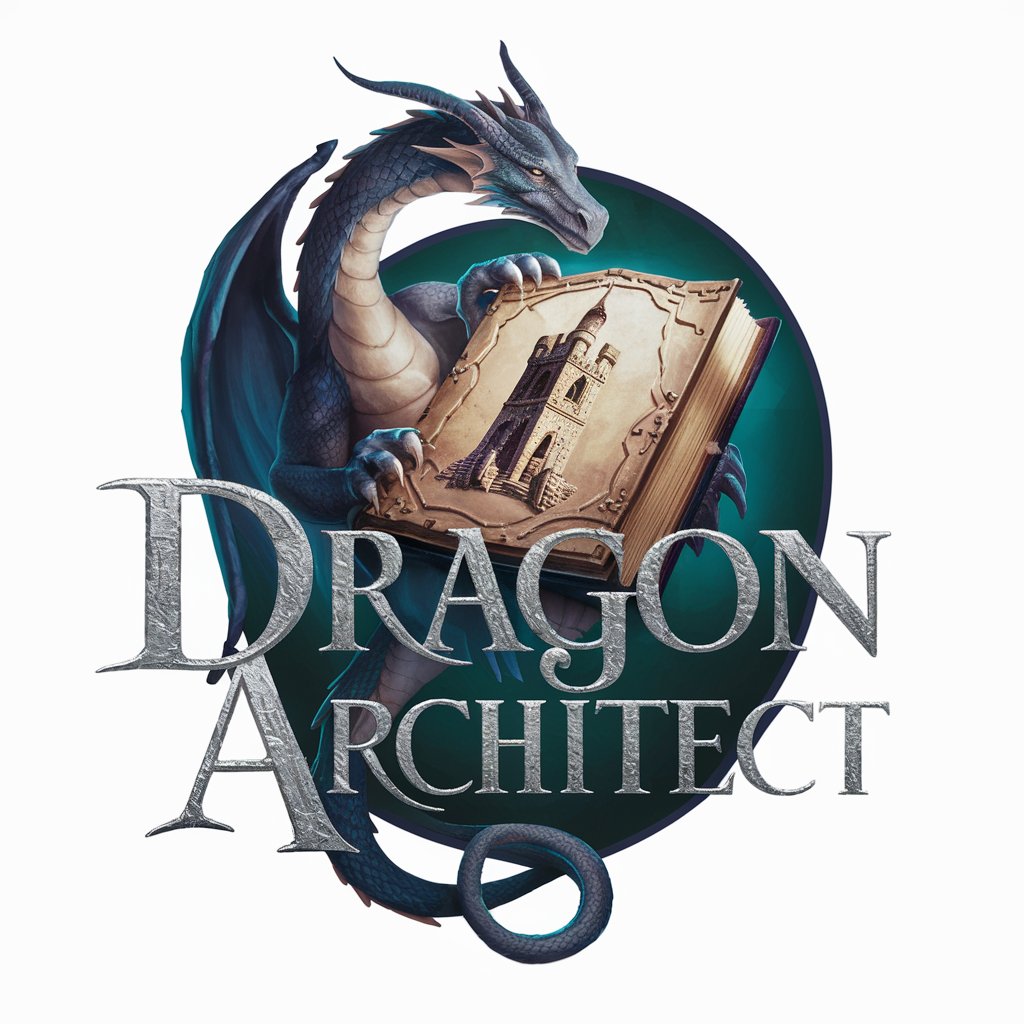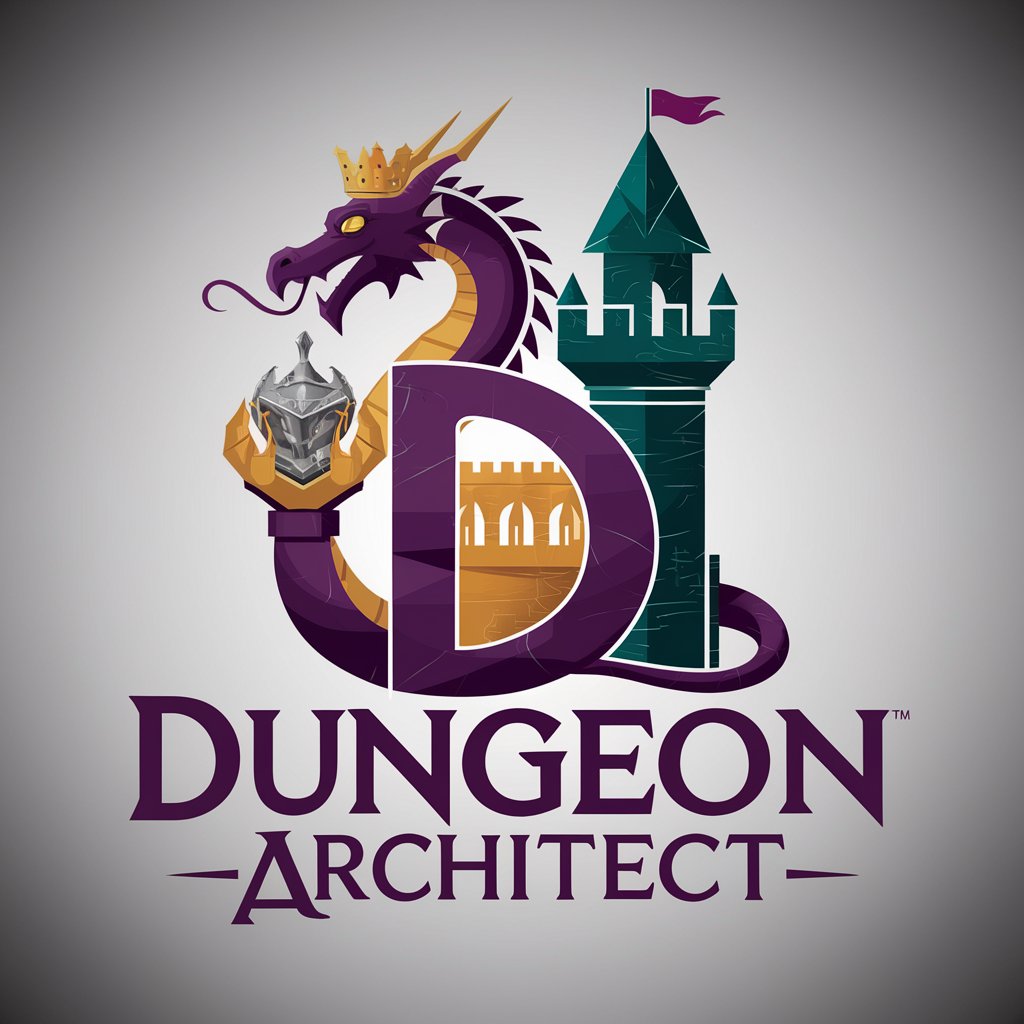
Dungeon Architect - Intuitive Dungeon Creation
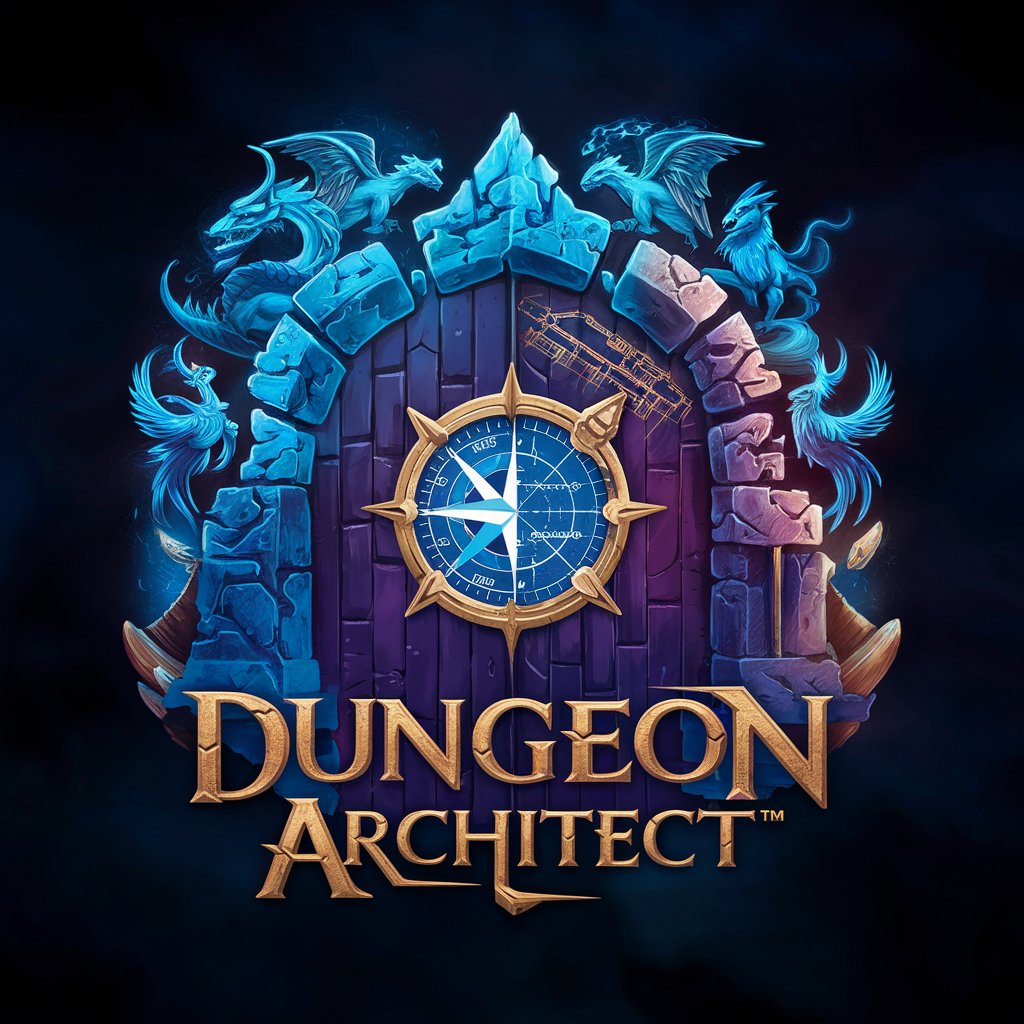
Welcome, let's craft your ultimate dungeon adventure.
Craft Immersive RPG Dungeons with AI
Describe a mystical artifact hidden in the depths of your dungeon.
What challenges and traps await adventurers in the dungeon's central chamber?
Detail the ancient history of the dungeon and its original purpose.
Create a unique and memorable NPC that players will encounter in the dungeon.
Get Embed Code
Introduction to Dungeon Architect
Dungeon Architect is a tool primarily designed for game developers, especially those working on role-playing games (RPGs), real-time strategy (RTS) games, or any genre where procedurally generated environments are beneficial. Its primary function is to automate and streamline the process of creating complex, varied dungeons or environments. The tool utilizes algorithms to generate layouts based on predefined rules and parameters, ensuring that each dungeon is unique while adhering to design principles. For example, in an RPG, Dungeon Architect could be used to generate a labyrinthine castle with rooms, corridors, and traps. These generated environments can be further customized by the developers to add specific details, narrative elements, or challenges. The tool thus serves to enhance creativity and efficiency in game development by handling the repetitive and complex task of environment generation. Powered by ChatGPT-4o。

Main Functions of Dungeon Architect
Procedural Generation
Example
Automatically creating a multi-level dungeon with varying room sizes and connecting corridors for a fantasy RPG.
Scenario
In a scenario where a game requires multiple dungeons, each with a unique layout, Dungeon Architect can rapidly generate these environments, saving significant development time and resources.
Customization and Modularity
Example
Tailoring the architectural style, difficulty, and item placement within a generated space station for a sci-fi game.
Scenario
Developers can use Dungeon Architect to first generate the basic structure of a space station, and then customize specific aspects like the technological look, placement of enemies, and loot to fit the game's narrative and challenge requirements.
Integration with Game Engines
Example
Seamlessly integrating generated maps into popular game engines like Unity or Unreal Engine.
Scenario
When a game is being developed in Unity, Dungeon Architect can be used to create the environments which are then easily imported and manipulated within the Unity ecosystem, allowing for a smooth workflow from generation to game implementation.
Ideal Users of Dungeon Architect
Game Developers
Game developers, particularly those working on RPGs, RTS, and adventure games, benefit immensely from Dungeon Architect. It aids in creating diverse and intricate environments quickly, which is crucial in these genres where environmental variety and detail are key to player engagement.
Indie Game Studios
Small indie game studios or solo developers, who often work with limited resources and tight budgets, find Dungeon Architect especially useful. It allows them to produce complex game worlds without the need for extensive design teams, thus optimizing their development process and resource allocation.
Educational Institutions and Students
Educational institutions teaching game design and students learning game development can use Dungeon Architect as a learning tool. It helps them understand procedural generation concepts and the integration of such systems into game engines, thus enhancing their practical skills in game design.

Getting Started with Dungeon Architect
Start Your Free Trial
Visit yeschat.ai to begin your free trial of Dungeon Architect without the need for login or a ChatGPT Plus subscription.
Explore the Interface
Familiarize yourself with the Dungeon Architect interface, including map creation tools, asset libraries, and scenario builders to start crafting your dungeons.
Create Your First Dungeon
Use the intuitive drag-and-drop interface to lay out rooms, corridors, and key features. Customize with textures, traps, and monsters from the built-in library.
Define Scenarios
Create engaging scenarios for your dungeons by adding quests, NPCs, and dynamic events. Use the scenario editor to script interactions and outcomes.
Share and Collaborate
Invite others to view or edit your creations. Collaborate in real-time, share tips, and gather feedback to refine your dungeons.
Try other advanced and practical GPTs
World Mobile GPT
Revolutionizing Communication with AI Power

BitcoinGPT
Empowering Bitcoin Understanding with AI

Road Tripper
Explore More, Plan Less with AI

超级个体创业助手
Empowering Entrepreneurship with AI

WikipediaGPT
Your AI-Powered Wikipedia Navigator

Setun 69
Unleashing Ternary Potential with AI
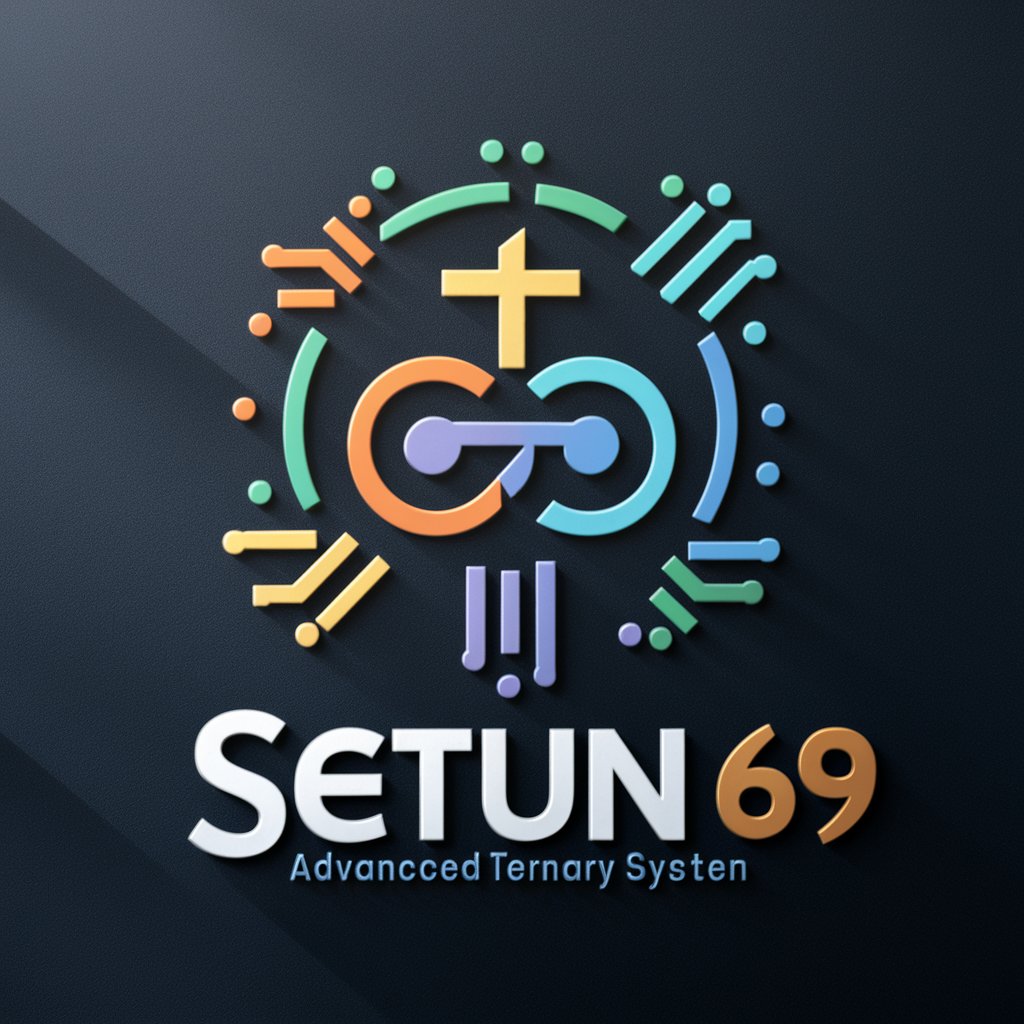
Cleverly Concise
Empowering Conversations with AI Precision

Blockchain Sensei
Deciphering Blockchain with AI

Humanity Maximizer
Empowering Decisions with AI Insight

Punaises de Lit
Expert AI for Bed Bug Solutions

RequireMate
Empowering Conversations with AI Intelligence
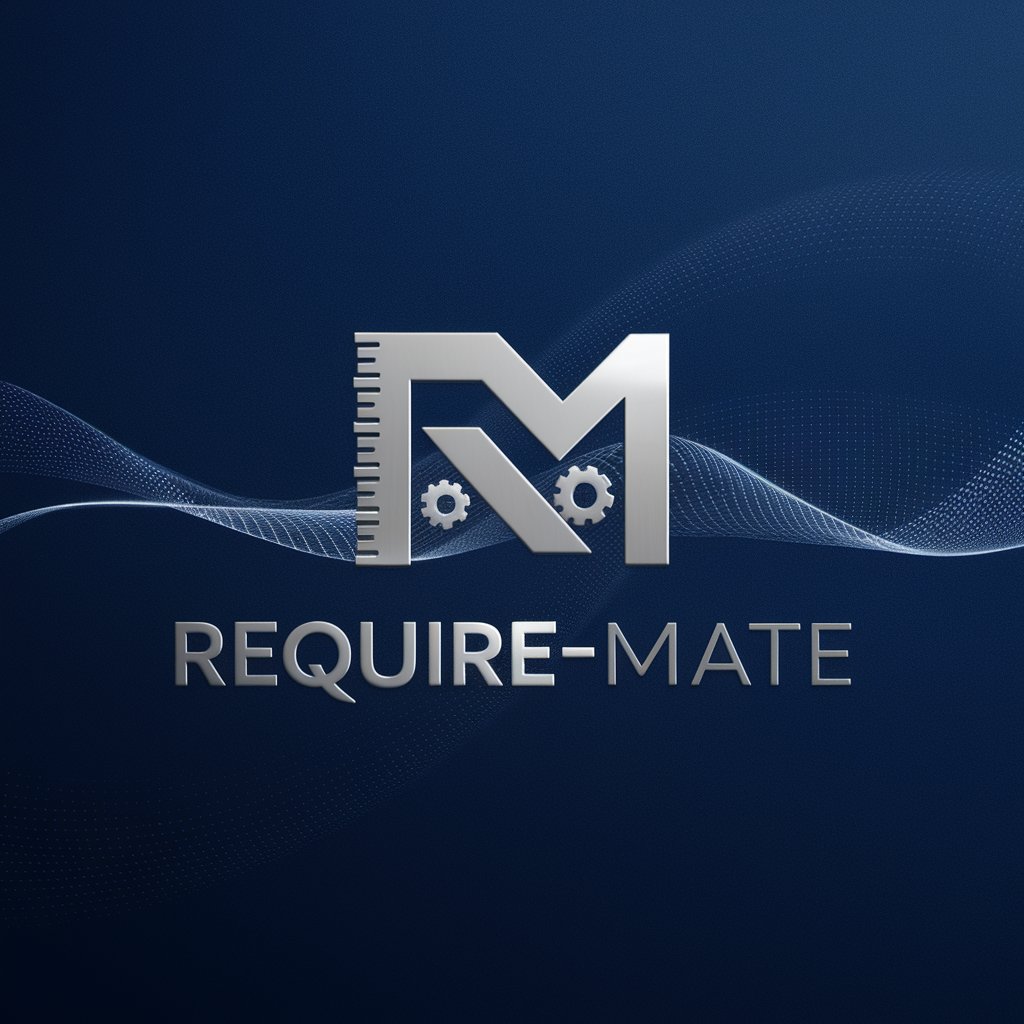
LitRPG Larry
Unleash Creativity in RPG Narratives
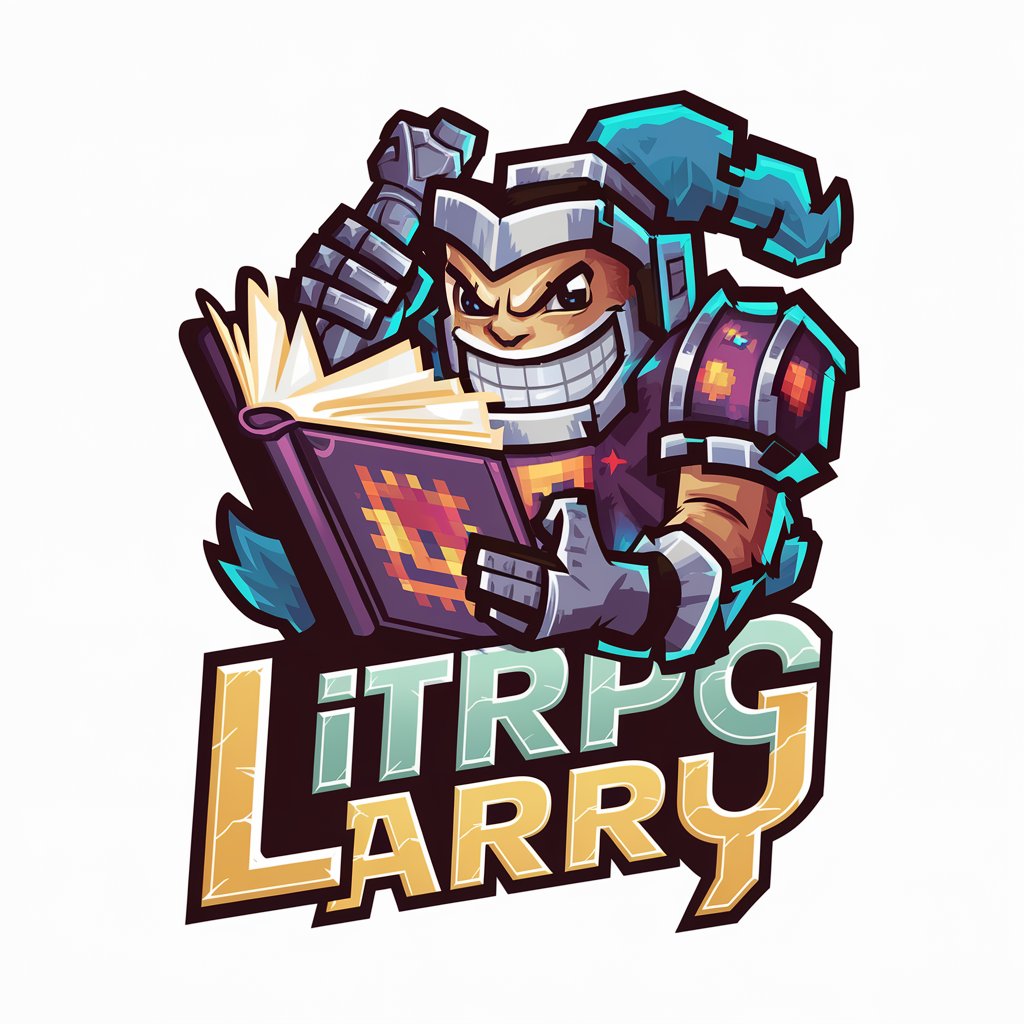
Frequently Asked Questions about Dungeon Architect
Can I import my own assets into Dungeon Architect?
Yes, Dungeon Architect supports the import of custom assets, allowing you to personalize dungeons with your own textures, models, and sounds for a unique experience.
Is Dungeon Architect suitable for beginners?
Absolutely! Dungeon Architect is designed with an intuitive interface and guided tutorials, making it accessible for beginners while still offering advanced features for experienced users.
How does Dungeon Architect handle large-scale maps?
Dungeon Architect is optimized for creating both small and large-scale maps, with efficient rendering techniques ensuring smooth performance and easy navigation through expansive dungeons.
Can I share my dungeons online?
Yes, Dungeon Architect includes sharing features that let you publish your dungeons online, embed them in websites, or share directly with your gaming group.
Does Dungeon Architect offer multiplayer editing?
Yes, it offers a collaborative editing feature, enabling you and your team to work on dungeons simultaneously in real-time, streamlining the creation process.
